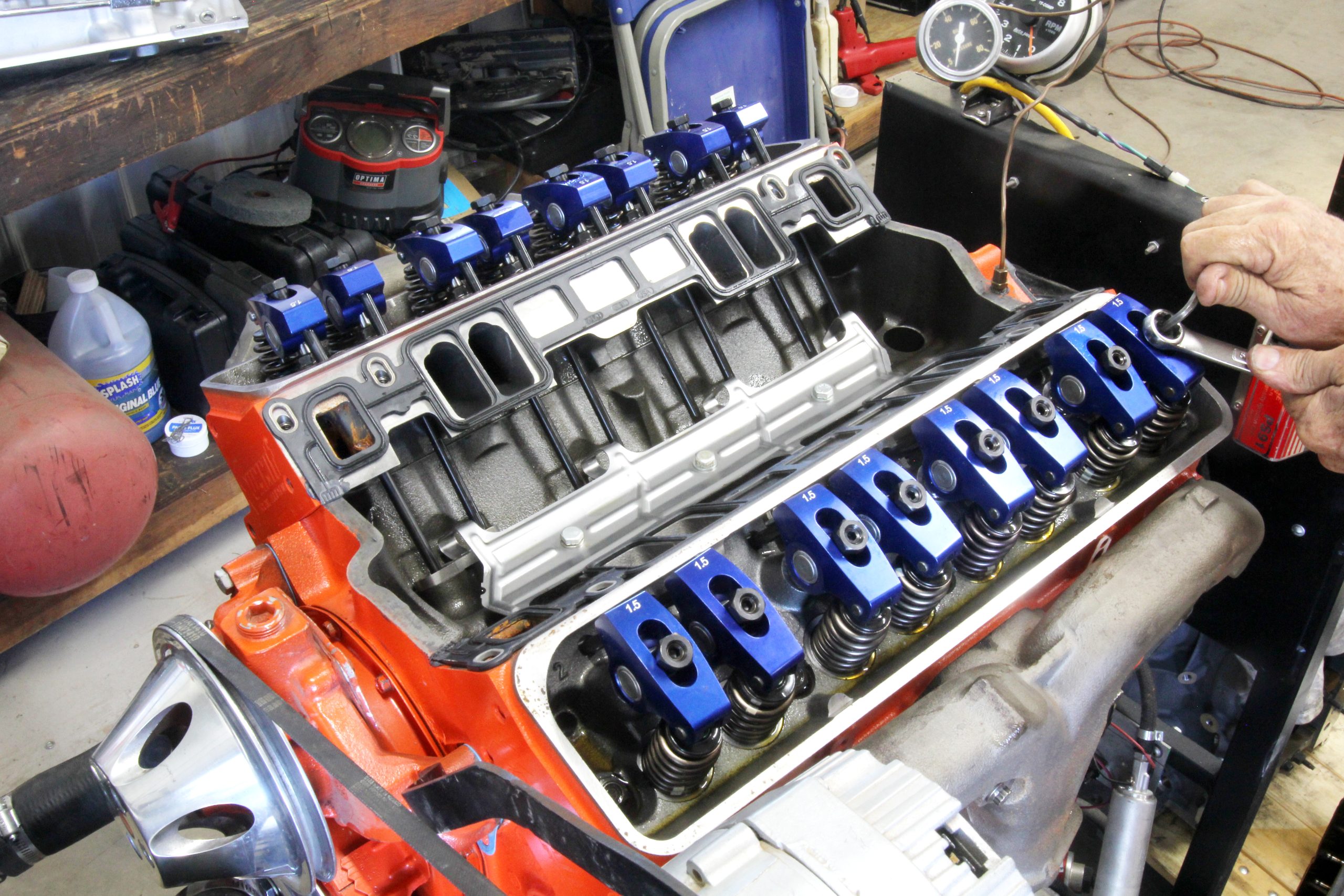When it comes to squeezing every bit of power out of a small block Chevy (SBC) engine, enthusiasts are often faced with a delightful yet daunting question: “Which hydraulic roller cam kit should I choose for optimal performance?” This inquiry is more than just a casual curiosity; it can dramatically influence your engine’s output, responsiveness, and overall driving experience. But before diving headfirst into the vast array of options available, it’s essential to understand the nuances and intricacies involved in selecting the right cam kit for your performance goals.
To begin, let’s explore what a hydraulic roller cam actually is. Unlike its flat-tappet counterpart, the hydraulic roller cam employs roller lifters. This design significantly reduces friction, thereby enhancing efficiency and longevity. Furthermore, it allows for a higher degree of lift and longer duration—both of which can profoundly affect how your engine breathes at different RPM ranges. Yet, while the advantages are compelling, they present one unavoidable challenge: choosing the right specifications that harmonize with your performance aspirations.
Now, here lies the crux of the query. Are you aiming for a street-friendly ride, a spirited weekend warrior, or perhaps a full-blown race machine? Each scenario necessitates a unique approach to camshaft selection. For instance, if cruising comfortably down suburban streets is your jam, a cam kit designed with a moderate lift may best suit your needs. Conversely, if jaw-dropping acceleration is what you crave, you might gravitate towards a more aggressive setup.
To make a well-informed decision, a comprehensive understanding of cam specifications is imperative. Start with duration: the length of time the intake and exhaust valves are open during each cycle. Measured in degrees, this figure will give you insight into how the engine’s power band is affected. A cam with a longer duration generally offers more horsepower at higher RPMs, but it comes at the cost of lower torque at lower speeds. It’s a classic trade-off, one that demands consideration based on your intended use.
Next, consider the lift, which determines how high the valves open. Higher lift translates to more air and fuel entering the combustion chamber, therefore potentially enhancing horsepower. However, this is not a straightforward path. Achieving excessive lift can lead to clearance issues between the valvetrain components and the engine’s internal structure. When deliberating over lift specifications, be sure to account for the combination of your cylinder heads, intake manifold, and piston design—each element plays a critical role in the outcome.
Equally important is the lobe separation angle (LSA). This measurement affects both power dynamics and the characteristics of the engine’s idle. A tighter LSA can yield a more aggressive sound and greater torque but may compromise drivability. On the other hand, a wider LSA typically offers a smoother idle along with improved high RPM breathing and efficiency—this can be a particularly appealing feature for street applications.
However, with the wealth of options available in the market, finding a cam kit that fits these specifications can seem like navigating a labyrinth. From established brands to innovative newcomers, the choices are abundant. Research reviews and user testimonials, and don’t shy away from leveraging forums and communities—a tip here or a shared experience there can illuminate the path toward making a sound purchase.
Still, one of the most critical considerations may be why the hydraulic roller cam has surged in popularity among SBC enthusiasts. The ease of installation and reduced maintenance are substantial benefits. Unlike solid roller cams, which necessitate regular adjustment, hydraulic roller setups maintain consistent performance with minimal fuss. This efficiency is a boon for builders and drivers alike, allowing for more time on the road and less under the hood.
Let’s not forget the aspect of compatibility with existing components. The camshaft doesn’t operate in isolation. Factors like your transmission type, rear-end gearing, and even tire selection will all contribute to the efficacy of your build. For instance, an aggressive cam profile paired with a high-performance transmission can lead to delightful acceleration, while a mismatch could stall even the most audacious aspirations.
This brings us to another potential challenge. Balancing performance enhancements with drivability could leave one feeling torn. Many enthusiasts aim for the maximum horsepower, neglecting how it affects everyday usability. This is where a well-thought-out engine build shines; it harmonizes multiple components to foster a cohesive, exhilarating driving experience.
In conclusion, selecting the right SBC hydraulic roller cam kit is a multifaceted endeavor that transforms a drive into an experience. From assessing your performance goals and understanding the intricacies of cam specifications to navigating compatibility and ensuring a harmonious build, each aspect is a puzzle piece leading toward the ultimate performance. Whether you are a first-time builder or an experienced veteran, embrace the process, challenge the conventions, and—above all—enjoy the thrill of the ride. After all, the journey of building a solid-performing small block Chevy is as exhilarating as the roaring engine itself.
